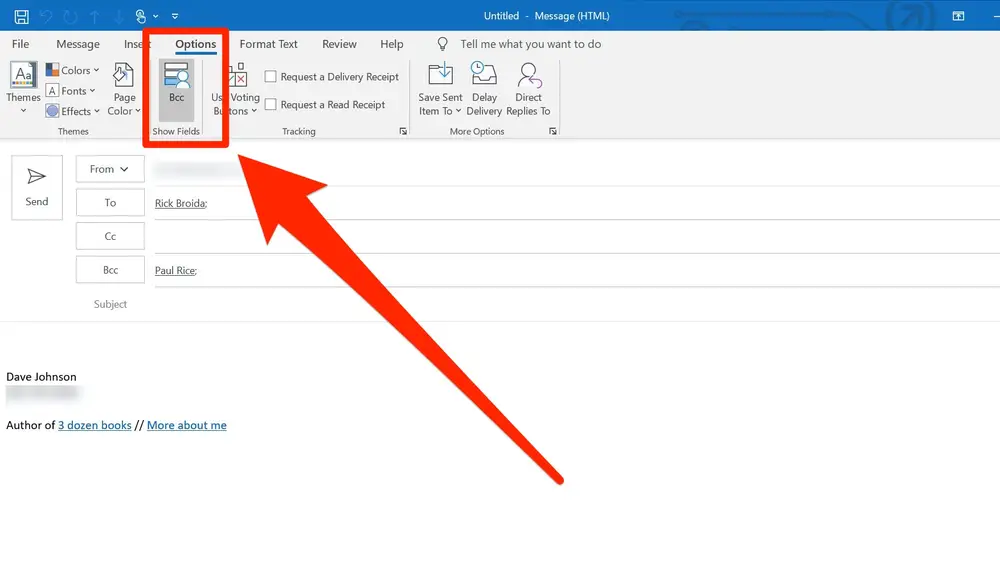Introduction
Blind Copying (Bcc) is a common feature of email clients, including Microsoft Outlook. Bcc allows you to send a message to multiple recipients while keeping their email addresses hidden from each other. This can be helpful when sending mass emails or when you want to protect the privacy of your recipients. In this article, we will discuss everything you need to know about using Bcc in Outlook, including its benefits, drawbacks, and best practices.
What is Blind Copying?
Blind Copying is a feature that allows you to send a message to multiple recipients without revealing their email addresses to each other. This can be helpful in situations where you want to protect the privacy of your recipients, or when you want to send a mass email to a large number of people.
Benefits of Using Blind Copying in Outlook
Using Bcc in Outlook has several benefits, including:
- Protecting the Privacy of Your Recipients: When you use Bcc, you can ensure that your recipients’ email addresses are not visible to other recipients. This can be helpful if you are sending a message to a group of people who may not know each other, or if you want to protect the privacy of your contacts.
- Avoiding Email Overload: If you are sending a mass email to a large number of people, using Bcc can help you avoid filling up people’s inboxes with a flood of emails. This can be especially important if you are sending an email to a group of people who are not directly involved in a particular project or event.
- Ensuring that Replies Go to the Right Place: If you are sending an email to a group of people who may not know each other, or if you want to make sure that replies go to the correct person, using Bcc can help you ensure that the replies go to the right place.
Drawbacks of Using Blind Copying in Outlook
Using Bcc in Outlook also has some drawbacks, including:
- Decreased Transparency: When you use Bcc, you are hiding information from your recipients. This can make it difficult for them to know who else received the same message, and can decrease transparency in your communication.
- Risk of Misusing Bcc: If you use Bcc to hide the fact that you are sending the same message to multiple people, or if you use Bcc to hide your own involvement in a particular communication, you are misusing the feature. This can be seen as dishonest or manipulative, and can damage your credibility.
Best Practices for Using Blind Copying in Outlook
If you choose to use Bcc in Outlook, there are several best practices you should follow:
- Be Transparent: If you are sending a message to multiple recipients, be clear about who is receiving the message. Let your recipients know that you are sending the message to multiple people, and be transparent about why you are using Bcc.
- Use Bcc Sparingly: Only use Bcc when it is necessary to protect the privacy of your recipients or to avoid email overload. Do not use Bcc to hide your own involvement in a particular communication.
- Double Check Your Recipients: Before sending a message using Bcc, double check to make sure that you have included the correct recipients. If you accidentally include the wrong people, you could inadvertently reveal their email addresses to others.
- Avoid Forwarding Bcc Messages: If you receive a message that was sent using Bcc, do not forward the message to other people. This can reveal the email addresses of your original recipients and can be seen as a breach of trust.
Conclusion
In conclusion, Blind Copying (Bcc) is a powerful feature in Microsoft Outlook that allows you to send an email to multiple recipients without revealing their email addresses to each other. Bcc can be beneficial when you want to protect the privacy of your recipients or avoid email overload. However, it is essential to use Bcc transparently, sparingly, and correctly to avoid damaging your credibility or breaching trust. By following the best practices for using Bcc, you can use this feature effectively and improve your email communication.



